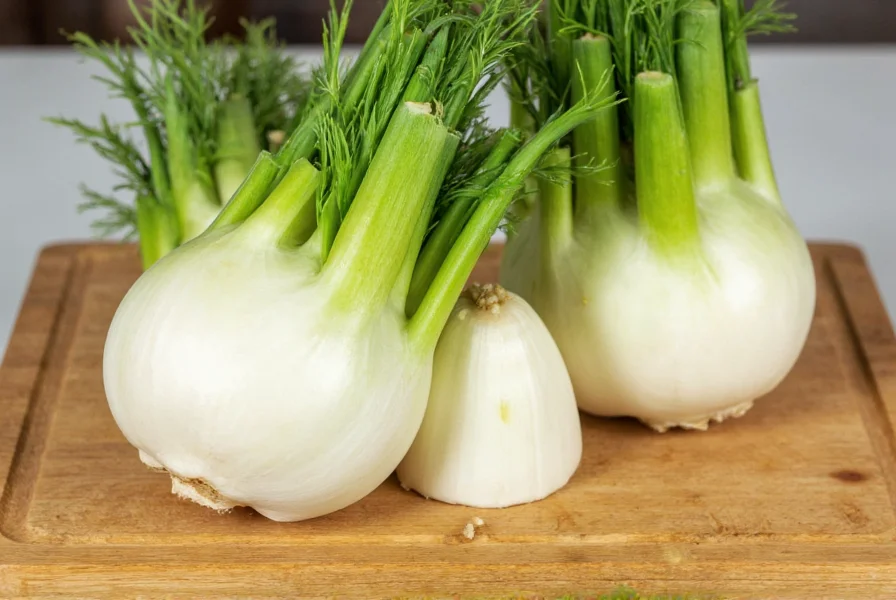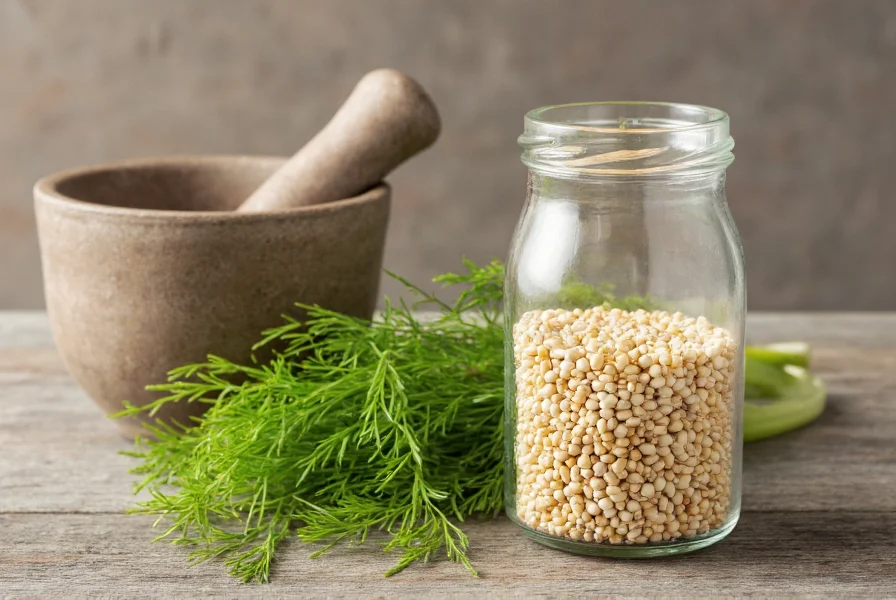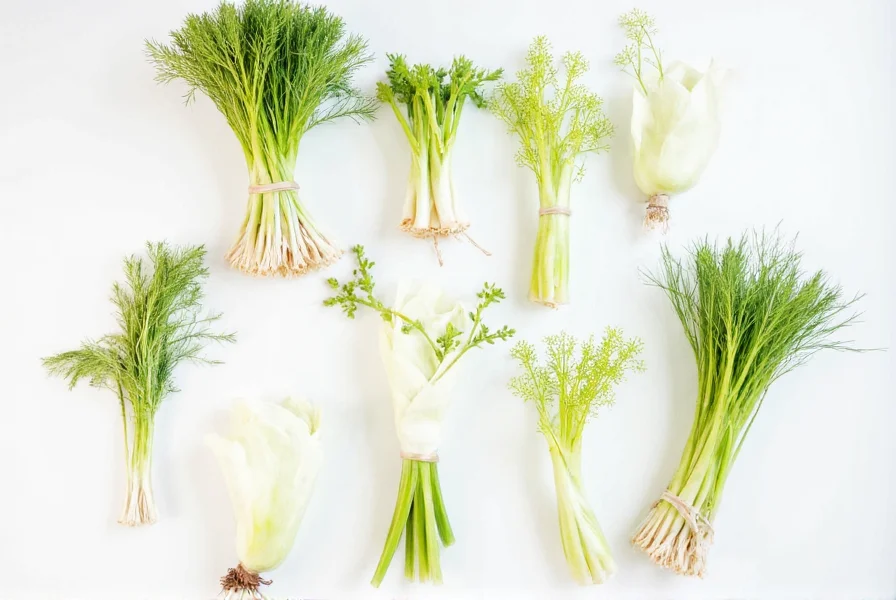Fennel (Foeniculum vulgare) has been valued for millennia across Mediterranean, Indian, and Chinese cultures for its triple functionality as food, medicine, and aromatic agent. Every part of this versatile plant serves distinct purposes, with modern research increasingly validating traditional applications. Understanding fennel uses requires examining its three primary components separately, as each offers unique properties and applications.
Culinary Applications of Fennel Components
The crisp, anise-flavored bulb transforms when cooked, developing sweet caramelized notes ideal for roasting or grilling. Chefs prize fennel bulb for its ability to add depth to seafood dishes, salads, and braises without overpowering other ingredients. When thinly sliced raw, it provides refreshing crunch to Mediterranean slaws and citrus salads.

Fennel seeds represent the most concentrated form of the plant's aromatic compounds. These tiny powerhouses enhance Italian sausage, Indian curries, and Middle Eastern spice blends. Professional bakers toast fennel seeds to intensify their flavor before incorporating them into breads and pastries. The subtle licorice note complements both sweet and savory applications without dominating the dish.
Fennel fronds often get discarded but serve as valuable culinary assets. Their delicate texture makes them perfect as garnish for soups and fish dishes, while their mild anise flavor enhances herb blends and compound butters. Incorporating fronds into pesto or vinaigrettes creates distinctive flavor profiles that elevate simple preparations.
Medicinal Properties and Evidence-Based Health Benefits
Traditional medicine systems have long recognized fennel's digestive benefits. Modern research confirms that fennel seed compounds, particularly anethole, demonstrate antispasmodic effects on gastrointestinal muscles. A 2020 systematic review in Phytotherapy Research found fennel effective in reducing infant colic symptoms, with multiple studies showing significant improvement compared to placebo.
| Health Benefit | Scientific Support Level | Recommended Application |
|---|---|---|
| Digestive Support | Strong (Multiple RCTs) | Tea: 1-2 tsp crushed seeds in 8oz hot water, steep 10 min |
| Anti-inflammatory Effects | Moderate (In vitro & animal studies) | Regular culinary use; essential oil diluted for topical application |
| Respiratory Relief | Preliminary (Traditional use supported by phytochemistry) | Inhalation of steam with fennel seed infusion |
| Hormonal Balance | Emerging (Limited human studies) | Consult healthcare provider before regular medicinal use |
Fennel tea preparation significantly impacts efficacy. Crushing seeds before infusion releases maximum beneficial compounds. For digestive support, consume 15-30 minutes before meals. The European Medicines Agency recognizes fennel seed preparations for symptomatic relief of mild gastrointestinal spasms and bloating.
Practical Household and Cosmetic Applications
Beyond kitchen and medicine cabinet, fennel serves practical household functions. Dried fennel seeds repel insects when placed in pantry areas, offering natural pest control without chemicals. The plant's antimicrobial properties make fennel-infused vinegar an effective natural surface cleaner for kitchen counters and cutting boards.
In cosmetic applications, fennel seed extract appears in premium skincare products targeting inflammation and aging. Home formulators create soothing eye compresses by steeping fennel seeds and applying the cooled liquid with cotton pads. The mild astringent properties help reduce puffiness while providing antioxidant protection.

Selecting, Storing, and Maximizing Fennel Benefits
Choose fennel bulbs with crisp, bright white bases and vibrant green fronds. Avoid bulbs with brown spots or split bases. Store whole fennel wrapped in damp paper towels inside a perforated plastic bag in the refrigerator's crisper drawer for up to 5 days. For longer storage, chop and freeze the bulb, or dry and store seeds in airtight containers away from light.
To maximize flavor and nutritional benefits, combine fennel with healthy fats like olive oil, which enhances absorption of its fat-soluble compounds. When using fennel seeds medicinally, gentle toasting before preparation increases bioactive compound availability by up to 30% according to agricultural chemistry research.
Safety Considerations and Contraindications
While culinary fennel use is generally safe, concentrated medicinal applications require caution. Fennel contains estragole, which in excessive amounts may pose health risks. Pregnant women should avoid medicinal fennel doses though culinary use remains safe. Individuals with estrogen-sensitive conditions should consult healthcare providers before regular medicinal use.
Essential oil applications require proper dilution (1-2% concentration maximum) to prevent skin irritation. Never ingest undiluted fennel essential oil. When introducing fennel for infant colic, start with minimal amounts and monitor for allergic reactions, though adverse events remain rare in clinical studies.
Conclusion
Fennel's versatility across culinary, medicinal, and practical domains makes it a valuable addition to any household. Understanding the distinct properties of bulb, seeds, and fronds allows for targeted applications that maximize benefits while minimizing waste. As research continues validating traditional fennel uses, this ancient plant maintains relevance in modern wellness practices through its evidence-supported digestive benefits, culinary flexibility, and practical household applications.
Frequently Asked Questions
What are the primary culinary uses of fennel bulb?
Fennel bulb excels in both raw and cooked applications. Raw, thinly sliced bulb adds crisp texture to salads and slaws, particularly with citrus and apple combinations. When roasted or grilled, the bulb develops sweet caramelized notes that complement fish, chicken, and root vegetables. Chefs often braise fennel bulb in broth to create flavorful bases for soups and stews, while its natural sweetness makes it ideal for braising with pork or sausage.
How does fennel help with digestion?
Fennel contains anethole and other compounds that demonstrate antispasmodic effects on gastrointestinal muscles. These compounds help relax the smooth muscle lining of the digestive tract, reducing cramping and bloating. Clinical studies show fennel tea effectively reduces symptoms of irritable bowel syndrome and infant colic. The European Medicines Agency recognizes fennel seed preparations for symptomatic relief of mild gastrointestinal spasms when consumed as tea (1-2 tsp crushed seeds steeped in hot water for 10 minutes).
Can I use fennel fronds in cooking?
Absolutely. Fennel fronds offer a milder anise flavor than the bulb or seeds, making them versatile culinary ingredients. Use them as a garnish for soups, fish, and roasted vegetables. Chop fronds finely to incorporate into salad dressings, compound butters, or herb blends. They work particularly well in Mediterranean dishes, adding subtle flavor to tomato-based sauces, bean stews, and potato salads. When substituting for dill or parsley, use slightly less fronds due to their distinctive flavor profile.
What's the difference between fennel bulb and Florence fennel?
There is no difference - Florence fennel is simply another name for the same vegetable commonly called fennel bulb. This terminology originated from Italian cultivation practices where the bulbous variety was developed. Both terms refer to the same plant (Foeniculum vulgare var. azoricum) with the characteristic swollen base we use in cooking. The name "Florence fennel" helps distinguish the bulb variety from common fennel grown primarily for its seeds.
How should I store fennel to maximize freshness?
Store whole fennel wrapped in slightly damp paper towels inside a perforated plastic bag in your refrigerator's crisper drawer. This maintains humidity while allowing airflow, preserving freshness for 4-5 days. For longer storage, chop the bulb and freeze it for cooking applications, though texture will change. Fennel seeds retain potency for 6-12 months when stored in an airtight container away from light and heat. Never wash fennel before storage, as excess moisture accelerates spoilage - wash only immediately before use.











 浙公网安备
33010002000092号
浙公网安备
33010002000092号 浙B2-20120091-4
浙B2-20120091-4